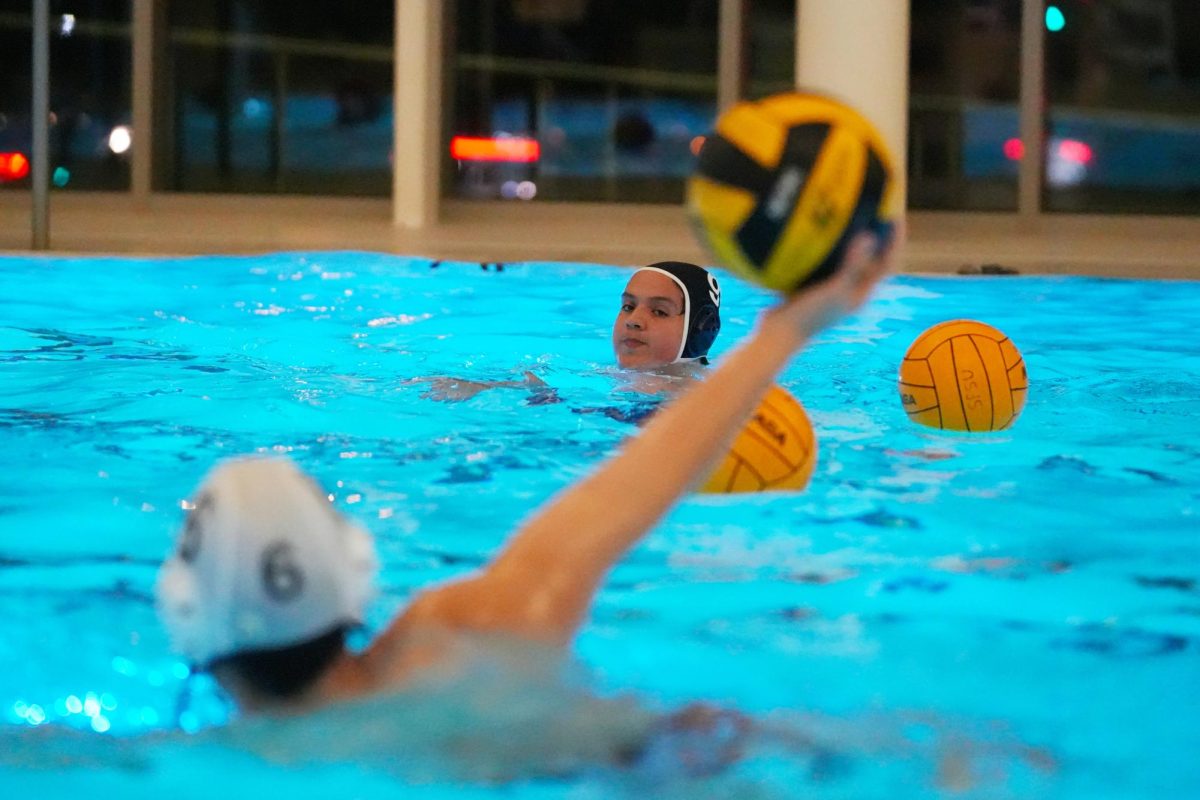Rugby has a history at SF State, specifically the men’s Rugby Club. The club has been steadily active semester after semester, going back further than 1999.
The fledgling women’s program, however, is just beginning to come into its own. With 15 active players, it has just enough bodies to fill the field, albeit without a single substitute on the bench. So, to fill out the team— among other incentives — the current women’s rugby team is a joint effort with the University of San Francisco women’s team.
When the women’s rugby team formed in 2017, “they [SF State] had the team practicing, they just didn’t have enough numbers,” men’s rugby coach Wade Hess said. “To keep it going, they made an agreement with USF to merge the teams because they didn’t have a full team.”
The joint program between the two universities began last year, and women’s rugby had its official start at SF State, with the team holding some practices at West Campus Green soccer field.
Even with some practices at SF State, the club is run through USF — and for some good reasons. USF gets a lot more private and school funding for the club, according to the USF head coach Bill Battista, and one cannot forget about their access to some great training facilities and materials.
SF State, on the other hand, leaves quite a bit to be desired.
“USF provides a lot of stuff to their players, San Francisco State does not,” Battista said. Among the materials Battista mentioned were basic items like game jerseys.
SF State players themselves understand what USF brings to the table, and that’s one of the reasons why they are fine with staying in the joint program, even though they now have enough players to start their own team separately at SF State.
“We just kinda take advantage of it,” SF State sophomore and club player Fia Tautolo said.

Tautolo started playing rugby last year, but only played “touch” style for fun, not actual competition. This year, she is competing for the club, and sees a marked difference from last year’s effort to start an SF State Women’s Rugby Club from the ground up.
“They have schedules and stuff,” Tautolo said. “We had to create a game, and contact the coaches, so it was a lot more work.”
Even with all the advantages the USF club provides, college rugby is still a club-based sport, thus students are mostly responsible for a lot of team maintenance, while still having the responsibility of being students.
There are a few exceptions. The schools with “high-performance clubs,” as Battista called them, recruit at the high-school level, have designated rugby fields, but are also very expensive.
While the players on those clubs have to worry mostly about playing rugby, those like Tautolo and other SF State students have to worry about recruiting, funding and even scheduling games, oftentimes entirely on their own.
“There is a lot of attrition when you’re playing,” Battista said, mentioning academic responsibilities and injuries as the two most common reasons why clubs lose so many bodies throughout their season.
Numbers are important for Battista. More players means more insurance against inconsistent turnout, he said.
SF State women’s players tried to jumpstart the club effort last year and are no strangers to how important their numbers are.
Tautolo mentioned that one of the more involved members was Angelina Pinedo, an SF State student who died in a hit-and-run incident in Redondo Beach on Jan. 26.
“Angelina Pinedo was one of the pioneers of SF State Women’s Rugby,” Tautolo said. “I remember we had meetings here in Mashouf [Wellness Center] with the guys’ team, in regards to promote rugby culture here on campus. She was always the one to bring ideas to the table, and to push them forward.”
Even with their efforts, the club could not get enough students to participate, and thus could not materialize last year.
The women on SF State’s club agreed to merge teams with USF this year because, put simply, USF has a stable, established program that has games on its schedule. Even though the women rugby players of SF State are better off staying conjoined to the USF club for now, it does not mean there isn’t hope for SF State to eventually have its own club.
“More teams is more competition,” Battista said when asked if he would want to see SF State start their own women’s club.
Having more teams in the women’s rugby competition pool can only help, but either way, new clubs need time to grow, Battista said.
One day, maybe an SF State Women’s Rugby Club will grow, but until then, USF is not a bad place to hitch onto.









